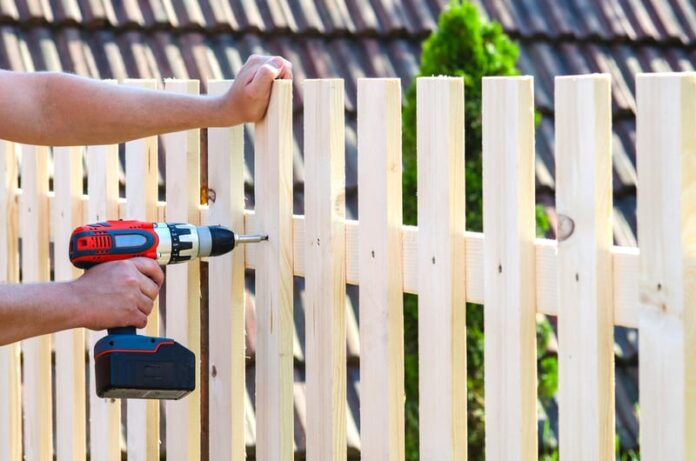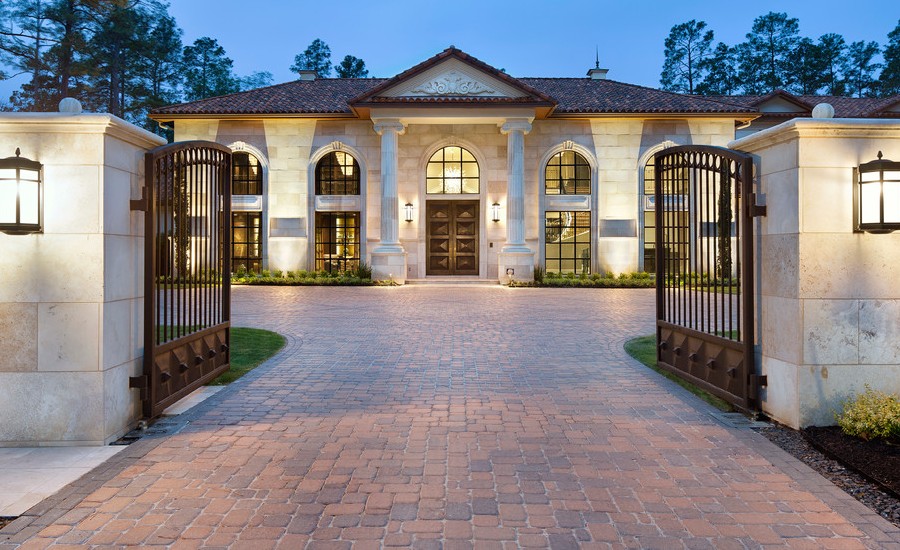One of the biggest accomplishments for a homeowner is making their property their own. Whether it’s a gorgeous garden, stunning landscape, or outdoor space that is meant to entertain, homeownership is about creating the perfect place, which you call home. Fencing is a significant aspect of making your home yours. For people that like to do it themselves, installing a fence is a massive project to take on. With that said, there are numerous mistakes homeowners make when installing their fence. When taking on a fencing project alone, many elements can affect how your fence will look once it’s finished. Therefore, below are some common mistakes homeowners make when taking on the challenge of installing a fence.
Lack of Planning
A lot of mistakes homeowners make has to do with a lack of planning. Before you begin to buy your fencing materials and start digging holes, you need to take the time to plan out your fencing project. Think about where you want your fence, what are going to be the best materials, and what tools you need to get the job done.
Misunderstand your Property
One of the most significant mistakes homeowners make when working on a fencing project is assuming what their property is. Therefore, it’s essential to have an plan that identifies the divisions of their property. Furthermore, you should have blueprints on hand so you can avoid putting your fence on your neighbor’s or public land’s property. If you decide to neglect this, this can lead to unnecessary costs to move your fence.
Moreover, it can result in you having to pay high fines and legal fees. Lastly, it can also be embarrassing when you have to admit that you didn’t know what you were doing when installing your fence. If you’re not sure about your property line, then have a survey done, so you know where your property lines are.
Then, after you get your property lines measured, get them measured again. Even if you’re not planning on installing your fence to the edge of your property line, you should still get it measured twice to know how much fencing material you’re going to need. When putting in your fence, the last thing you want to deal with is not having enough fencing material to complete the job.
Not Checking with Zoning Laws
It’s important to remember that all fences are not allowed in every area. Therefore, you will need to make sure that you’re putting your fence in the legal limitations of your neighborhood. Specific locations will allow you to put in a fence, while others may require particular rules. Also, to find out more about your local zoning laws, contact your local Homeowner’s Association (HOA) as they can educate you on any strict guidelines. Some of these guidelines may include the type of fence you can install, colors, and what your fence needs to ensure it’s up to the safety protocols.
Forgetting to Call your Utility Company
As a homeowner, make sure to always to call your utility company before you start installing your fence. The majority of fence posts need to have one-third of the post underground. Then, gate posts or aluminum fence should always be 30 inches deep. You never want to take a chance of hitting any utility pipes or wires underground. So, even though it may seem like a hassle to call the utility company, it will help you avoid a bigger headache down the road.
Not Being Aware of your Post Holes
The final step before installing your new fence is understanding the sizes of your sections. You will also need to account for any inconsistencies. For instance, if you decided to put in a paddock fence that has eight-foot sections and your property line only needs a three-foot section, you must change your section before you start to install your fence. You also need to know where your post holes are going to be.
This is why measuring your fence line becomes so significant. If you decide not to measure your fence sections or post holes, it can lead to you redoing your work once you have completed your fence installation. Being aware of your post holes and custom cuts on your fence section will save you a lot of unnecessary work in the end.
Incorrectly Setting your Post Holes
Your fence posts play a major role in making sure your fence is stable and secure. Your fencing posts will need to be able to endure the pressure from various elements such as snow, wind, and heavy rain. They also need to connect your fence panels and rails that are meant to hold up your materials. If your posts are not deep enough underground, then they can collapse. Your fence posts should always be two-feet underground and then anchored with gravel, which is flushed into the ground. Additionally, when you’re installing your fence, make sure to allow time for them to set properly before putting on any panels or fence rails. If your fence posts begin to lean, the end product will look bad and fall apart before you even finish.
Not Checking your Grade
Unless you’re living in the Midwest, it’s most likely that you have a slope in your yard. At times, these slops are small enough that you won’t even notice an incline or decline on your property. If you fail to notice these slopes, you will undoubtedly discover the consequences of not accounting for the grade. Therefore, make sure to adjust your panels for any slopes to ensure your fence is straight and stable. If you need to modify your fence to an incline or decline, make sure you have surveying tools and carpentry skills. Checking your grade will ensure you don’t have any gaping holes at the bottom of your fence.
In Summary
After reading this blog, are you ready to install your fence? If the answer is still no, there are plenty of professional fencing companies that can help you. Regardless of the type of fence you’re installing, All County Fence Contractors can help you. If you have any questions relating to your vinyl fence purchase, feel free to contact our Orlando Showroom.




















